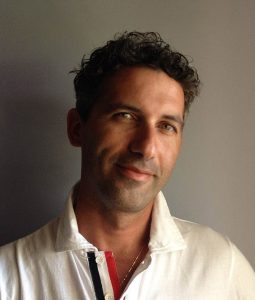COURSE PROGRAM
Signals and noise. Introduction to measurements, errors and statistical distributions. Mathematical treatment of signals and noise in the time and in the frequency domain. Signal-to-Noise ratio (S/N). Autocorrelation functions, energy and power spectra. Noise sources in electronic circuits and sensors. Main types of noise spectra.
Extracting signals from noise. Linear filters with constant parameters and with time-variant parameters, action on signals and noise and resultant S/N. Pulse-signals and constant-parameter low-pass filters; Gated Integrator (GI); Boxcar Integrator (BI); Sample-and-Hold (S&H) and fast samplers; discrete filtering by sampling and weighted average of samples. Optimum filtering for pulse-amplitude measurements, significance and practical usefulness. Noise with 1/f spectrum: characteristic features and ensuing problems, filtering approach. Constant-parameter high-pass filters; correlated double sampling (CDS) and further developments; Baseline Restorer (BLR). Periodic signals and constant-parameter resonant filters; modulation of signals and noise; Lock-in Amplifier (LIA), analog and digital implementations of LIAs.
Sensors. The physical principles of their operationis discussed; the device structure and technology; characteristic features and electrical parameters; output signals and information content; equivalent electric circuit; internal noise. Photodetectors: vacuum tube and semiconductor photodiodes; photoconductors; Photomultiplier tubes (PMT), avalanche photodiodes (APD) and single-photon avalanche diodes (SPAD); analog and digital detection, single-photon counting (SPC) and time-correlated single- photon counting (TCSPC). Temperature Sensors: thermo resistances. Strain and Force Sensors: strain gauges sensors.

